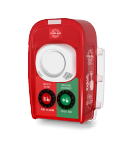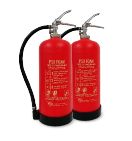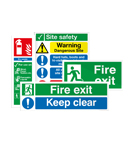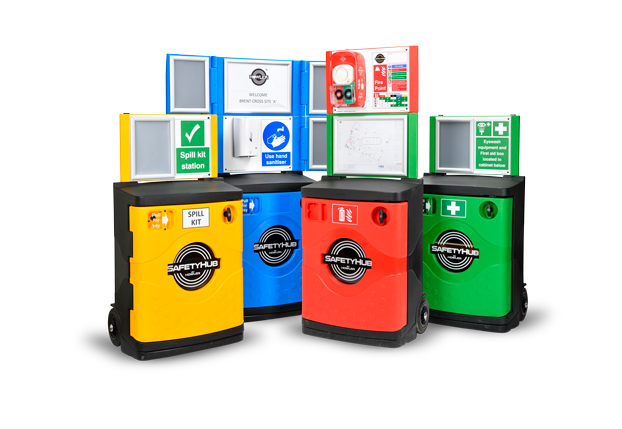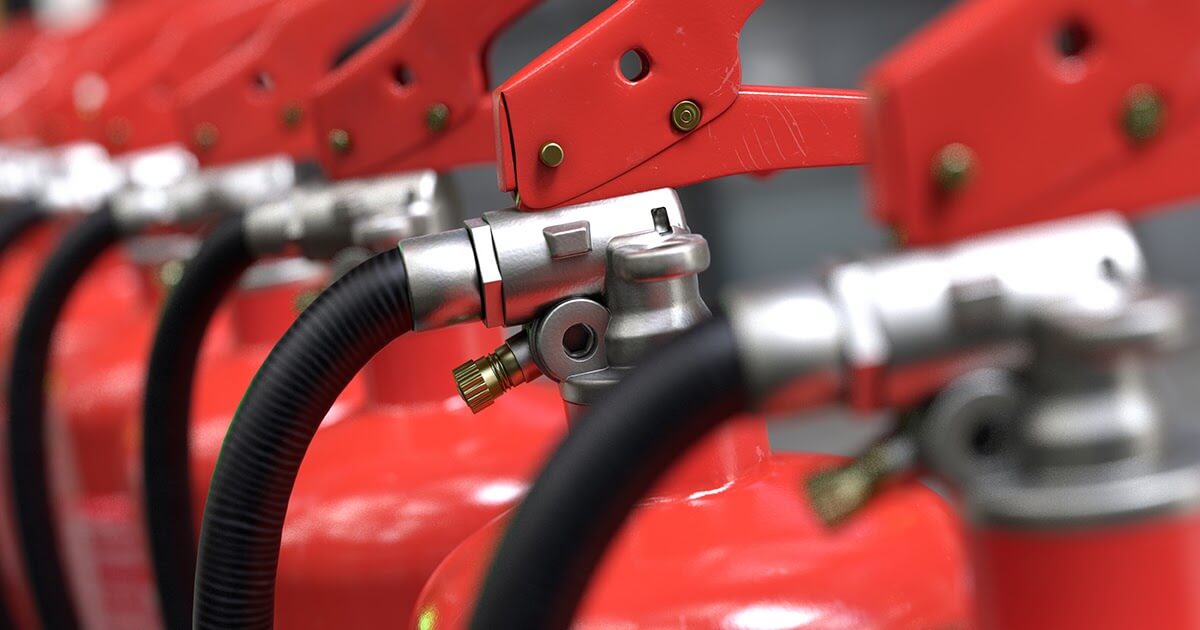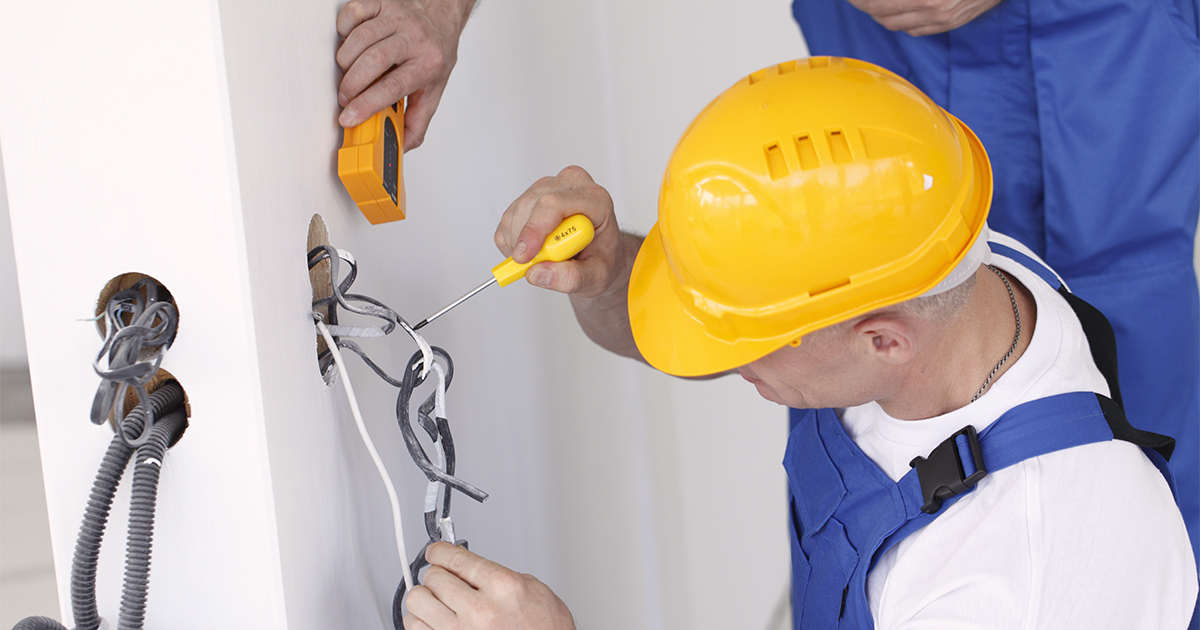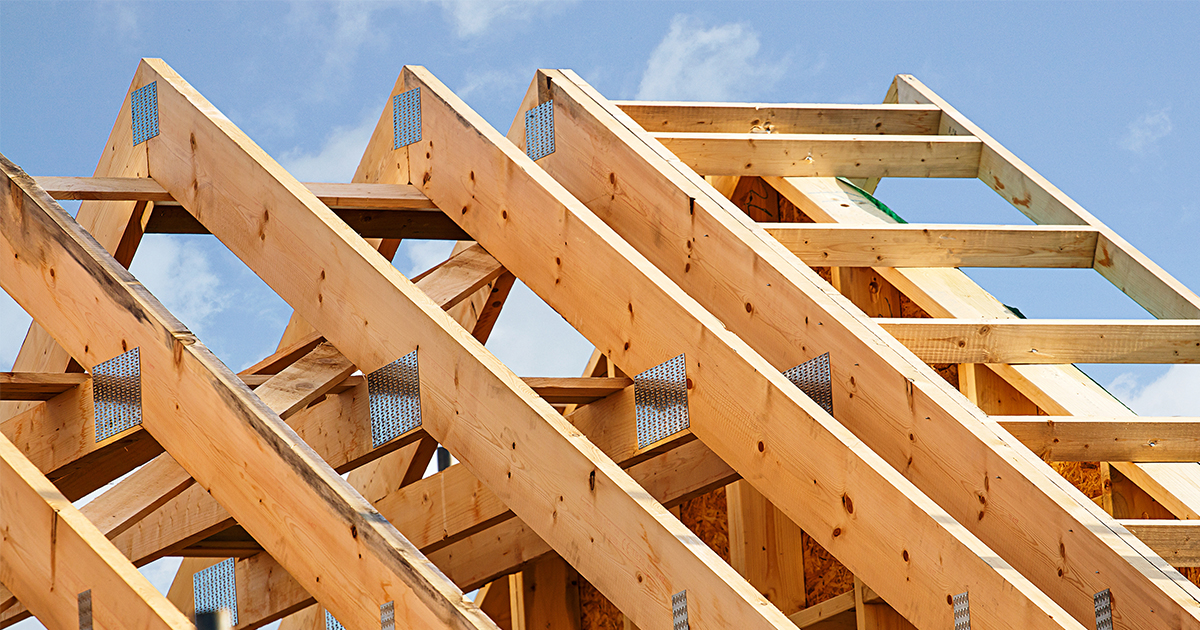Fire extinguishers are one of the most well-known and universally used forms of firefighting equipment. On a construction site, a fire extinguisher can make all the difference to fire control. Different fire extinguisher types are designed to combat specific classes of fires, ensuring effective suppression and increased safety in various scenarios.
When it comes to planning and managing construction work, fire safety should always be a key consideration. Having fire safety equipment on construction sites ensures that workers are prepared to react to emergency situations efficiently and safely. Additionally, the provision of fire safety equipment is also a legal requirement under fire safety regulation.
Why Are Fire Extinguishers Required On Construction Sites?
Construction sites are full of potential fire risks. From hot works to heaters to flammable materials throughout the site area, construction sites have all the catalysts to start a devastating fire.
Fire extinguishers are used for two reasons. The primary purpose of a fire extinguisher is to assist in escape from a fire. In other circumstances, fire extinguishers may be used to fight fires in the early stages. By using a fire extinguisher at the early stages of small and solitary fires, further damage can be prevented.
Fires are not always the raging infernos that site owners have nightmares about. Fire extinguishers allow trained individuals to safely tackle fires at an early stage before they develop beyond control. By being in the right place and ready for use, fire extinguishers save the construction industry a lot of money and the lives of workers every year.
What Fire Extinguisher Types Do You Need?
Knowing what type of fire extinguisher you need for your construction site can be difficult to determine. There are five main types of fire extinguishers including wet chemical, CO2, dry powder, foam and water.
To meet fire safety regulations, you must have the exact types of fire extinguisher to meet the fire risks of your site. This will be determined by a fire risk assessment that covers the different types of fuels on your site. The different types of fires caused by these fuels are classified as different fire classes.
There Are Five Fire Classes:
- Class A Fires: include fires caused by combustible materials such as paper, fabric, wood and other flammable solids
- Class B Fires: include fires caused by flammable liquids such as paint, turpentine or petrol among others
- Class C Fires: caused by flammable gases including methane, butane or hydrogen among others
- Class D Fires: include fires caused by combustible metals including potassium, aluminium or magnesium among others
- Class F Fires: include those caused by cooking oils such as a chip-pan fire
- Electrical Fires (E): Electricity is not a fuel, but a source of ignition, therefore it is not a class of fire. However, some extinguishers are not safe for use on live electrical equipment.
Fire safety arrangements and placement of fire extinguishers will be completely dependent on the variables of an area. One area of a construction site may have a class F fire risk and another might have class B risks. Some may have multiple. Choosing the right fire extinguisher(s) is crucial.
Below Is A Comprehensive List Of The Main Fire Extinguisher Types And What Fire Class They Can Be Used On:
-
Water (A)
-
Foam (A, B)
-
Carbon Dioxide (B, E)
-
Powder (A, B, C, E) – (DRY powder for D)
-
Wet Chemical (A, F)
No fire extinguisher is suited for all fires. Learn the different fire extinguisher colours, types and classes:
What Fire Extinguisher Types Should There Be On A Construction Site And How Many?
Each construction site is different and should be assessed regularly as works and projects change. This safety assessment is required to properly identify the types of extinguishers, the quantity needed and location.
Construction site size and project works type are the biggest influence on fire extinguisher quantity. As fire extinguishers should always be accessible and lead people closer to an exit, the quantity will be additionally determined by how many levels/exits a site has. It is recommended that there is at least 1 x 9L Water or Foam extinguisher and 1 x CO2 extinguisher at each fire point.
Need more help understanding fire extinguisher quantities and requirements for your site? Download our fire safety white papers. We also have a handy checklist which is available on request – drop us a line and we’ll send you a copy.
Where to get fire extinguishers?
At Howler UK, we have a mission to make fire safety simpler. That’s why we want to make supplying the correct fire extinguishers for your site simple. Our comprehensive range of fire extinguishers (self-service and conventional) is innovatively designed to meet construction site demands and requirements.
All Howler UK extinguishers are kitemarked to BS EN3 and carry a five-year warranty for extra peace of mind. We also provide maintenance by our BAFE approved engineers, so that you can be confident that your insurance requirements are also met.
If you need fire extinguishers for your construction site or advice on what fire extinguisher types you require, contact Howler today on 0330 7000 777 or email [email protected]
